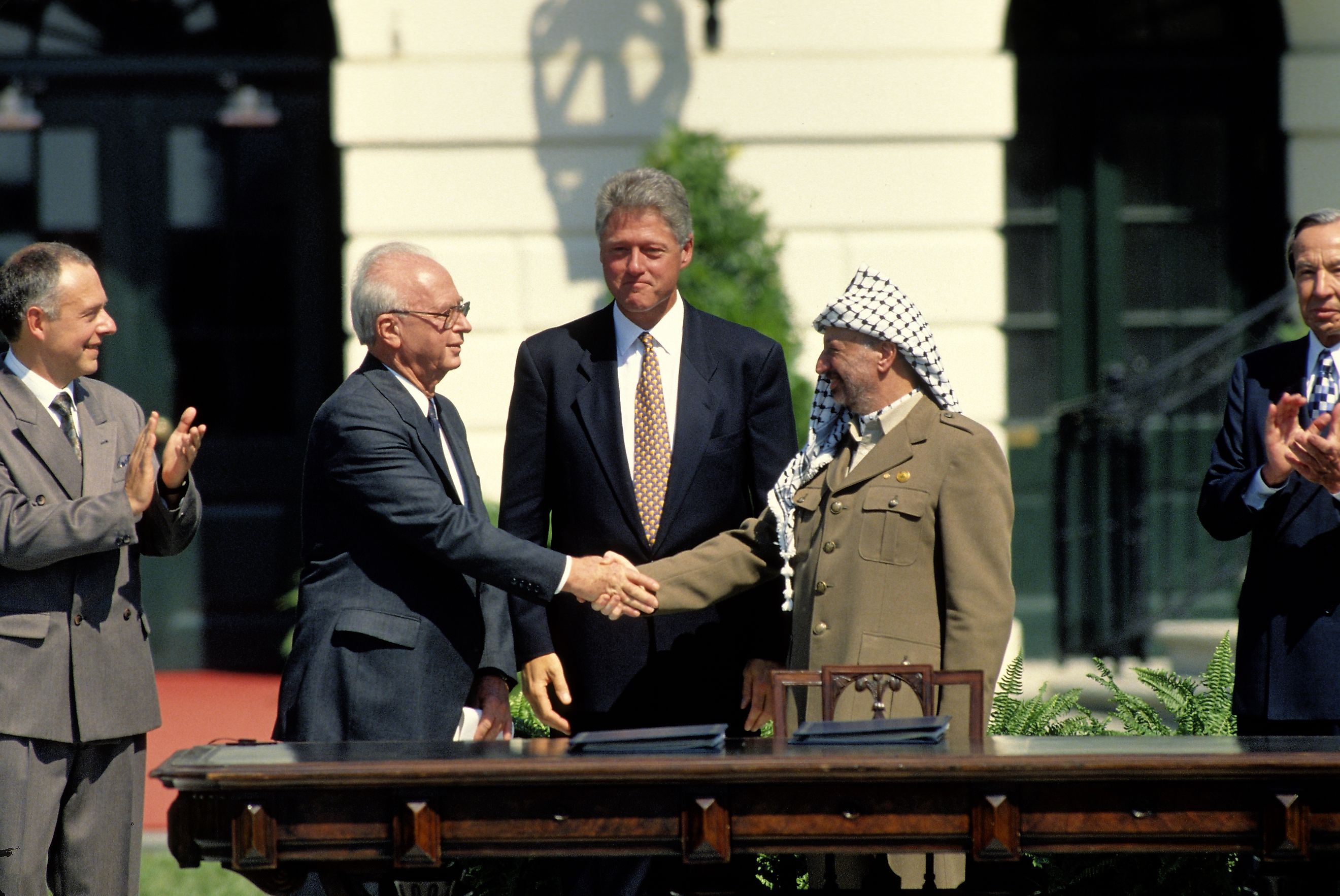
What Were the Oslo Accords?
The Oslo Accords were a landmark event in Israeli-Palestinian relations. Emerging out of the chaos of the First Intifada, which itself was the result of decades of conflict, they marked a seemingly positive development and the first step towards long-term peace between Israel and Palestine. However, despite having some productive elements, the Oslo Accords actually became a source of even more grievances.
Background and the First Intifada
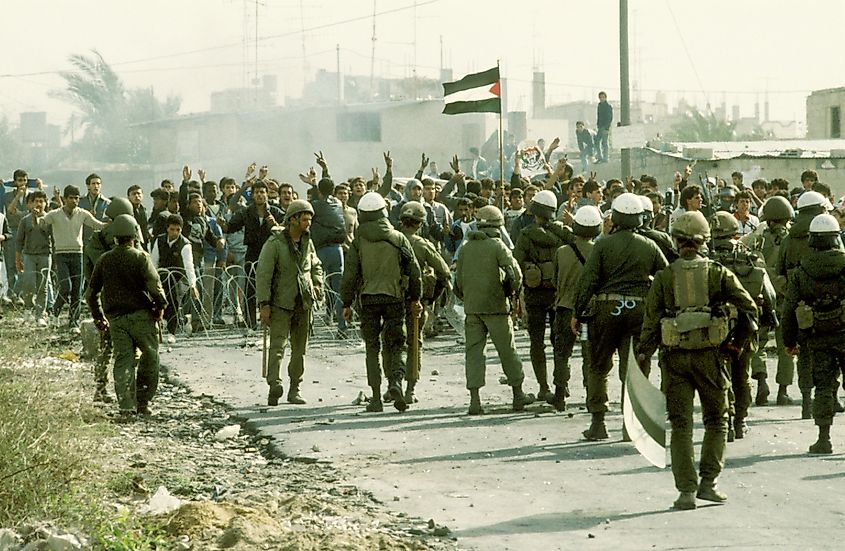
The First Intifada (the Arabic word for "uprising") began on December 9th, 1987, when an Israeli truck collided with a car carrying Palestinian workers in the Jabalia refugee camp in Gaza, killing four of them. This unleashed tensions in the West Bank and Gaza that had been building for decades. In addition to political grievances, Palestinians faced growing economic hardships under Israeli occupation, including land expropriation and restrictions on movement, which limited their ability to expand housing, build infrastructure, and access agricultural land. Many Palestinians also depended on low-wage labor in Israel, where they faced harsh working conditions and insecurity due to frequent closures of Israeli-controlled crossings.
The wars of 1947 to 1949 saw the utter destruction of Palestinian society and a refugee crisis in which hundreds of thousands of Palestinians were displaced. The 1967 War then saw the territories of a planned Palestinian state occupied by Israel. Thus, by 1987, many older Palestinians had lingering grievances concerning the events of the late 1940s, while many younger Palestinians had no memory of anything other than the Israeli occupation. All this made the possibility of some sort of uprising very likely.
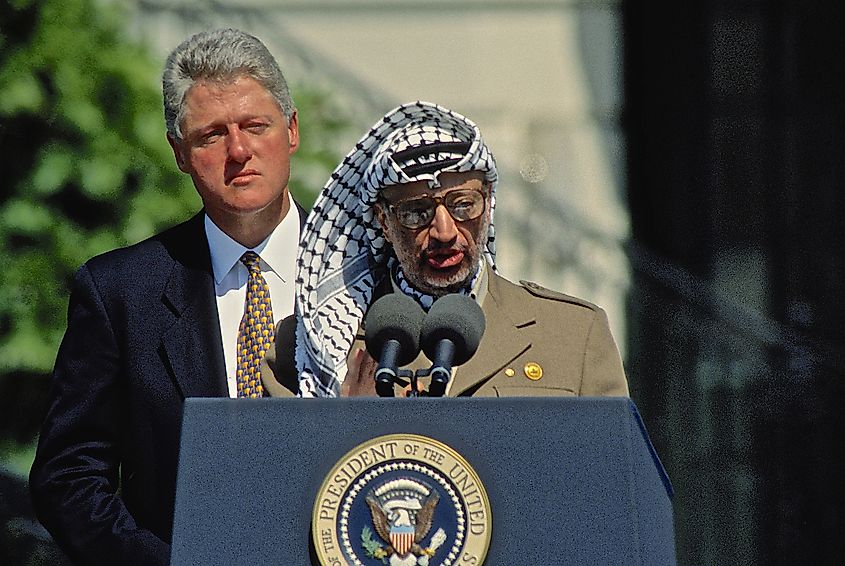
Throughout the First Intifada, images of Palestinians, many of whom were children, throwing rocks at Israeli tanks portrayed a David versus Goliath scenario. In this context, the Palestinian Liberation Organisation (PLO), the most important political party in the Palestinian nationalist movement, gained significant international leverage and sympathy. This was paired with many Israeli leaders believing that the uprising demonstrated that changes needed to be made regarding their governance of the occupied territories. Furthermore, on November 15th, 1988, the legislative body of the PLO declared Palestine's independence, though this declaration was largely symbolic, as the PLO did not yet have control over the territories. Now being able to operate as the leaders of a state, the PLO accepted United Nations (UN) Resolution 242, which called for Israel’s withdrawal from some territories occupied in 1967 in exchange for peace. However, the resolution was vague about whether this applied to all or just some of the territories, a point that became a major contention in future negotiations.
The Gulf War
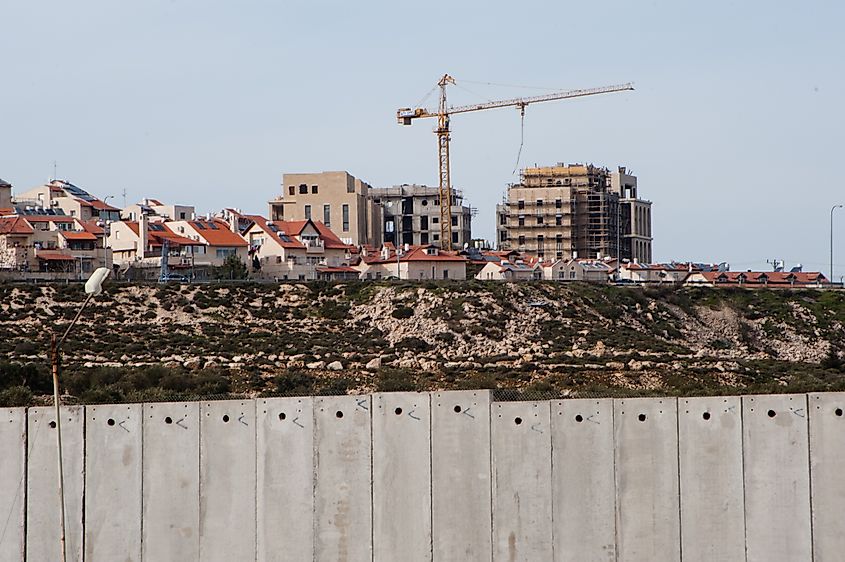
On August 2nd, 1990, Iraq invaded Kuwait. This occurred for several reasons, the most important of which were longstanding historical animosities about Kuwait effectively cutting off Iraq's access to the sea, acquiring Kuwait's oil reserves, and canceling Iraq's debt to Kuwait. In response to the invasion, a UN coalition of 42 states led by the United States declared war on Iraq. Iraq then began launching missiles into Israel. Iraqi leader Saddam Hussein did so to undermine the aforementioned coalition, which contained many Arab countries that had historically been enemies of Israel. In other words, if Israel responded to the Iraqi attacks, this threatened the coalition due to the Arab countries opposing any apparent alliance with Israel. Thus, Israel did not respond. Hussein also linked his occupation of Kuwait with the Israeli occupation of Gaza and the West Bank, saying that the latter occupation should be dealt with before negotiations could begin regarding the former.
Finally, the Gulf War impacted the Palestinian political situation. PLO leader Yasar Arafat sided with Hussein at the beginning of the conflict. This isolated him in the international community and weakened support for his cause regionally, with Kuwait and Saudi Arabia halting funding to the PLO. Together, all these factors incentivized the Israelis and Palestinians to begin negotiations to ensure that the situation did not further deteriorate and that their leverage did not completely disappear.
The Madrid Conference
The 1991 Madrid Conference was a crucial moment in Israeli-Palestinian history. A series of meetings between Israel, Jordan, Lebanon, Syria, and Palestine marked the first instance where Israeli and Palestinian leaders met directly. Nonetheless, the meetings were largely unsuccessful. Progress towards a peace deal was only achieved between the Israelis and the Jordanians, with the Palestinians and Israelis remaining very far apart. The main point of contention was the Israeli settlements in the occupied territories, with Israeli Prime Minister Yitzhak Shamir refusing to discuss the possibility of ending them. Regardless, while attitudes were now somewhat pessimistic, the first step towards meaningful diplomatic relations had been taken.
The Oslo Accords
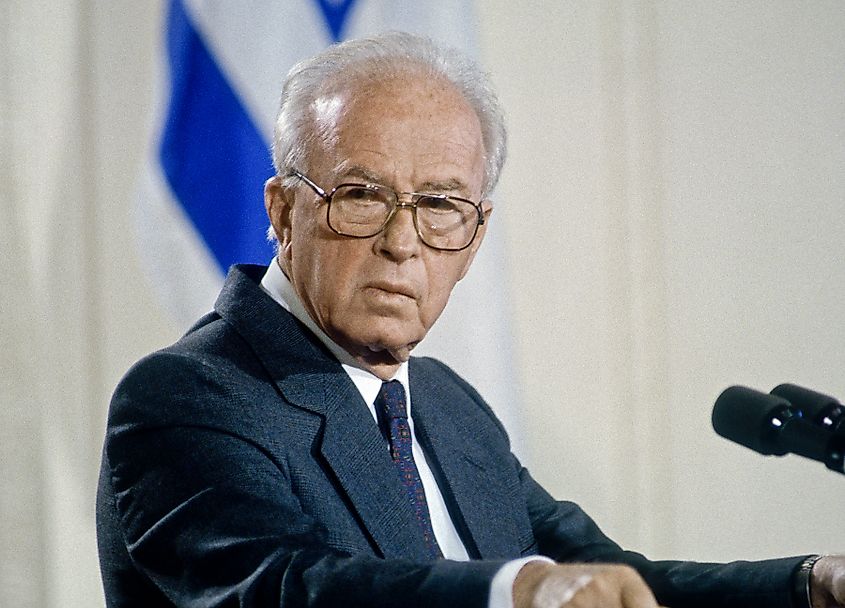
Indeed, the Madrid Conference paved the way for the Oslo Accords in 1993. This development was also made possible by Yitzhak Rabin, who became the Israeli prime minister. A member of the left-wing Labor Party, he was more open to discussing the settlements in the occupied territories than the right-wing Shamir. The Oslo Accords accomplished three main tasks. First, they saw mutual recognition from both sides, with the PLO recognizing the state of Israel and Israel recognizing the PLO as "the representative of the Palestinian people." Second, they outlined a three to five-year plan whereby the PLO would come to control the West Bank and Gaza. Third, they agreed that after this period, negotiations about the more difficult subjects, like the refugees, Israeli settlements, security, and sovereignty, would occur. Thus, while somewhat limited, the Oslo Accords established a peace framework between Israel and Palestine.
The "Peace" Process
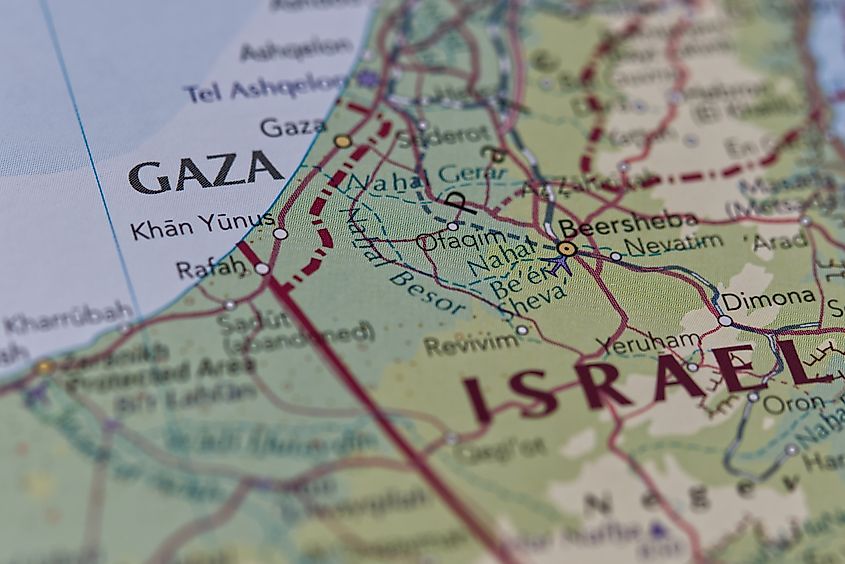
However, the Oslo Accords were promptly rejected by Israeli and Palestinian citizens. The Israeli settler community opposed the Oslo Accords, partly due to their belief that the West Bank and Gaza were historically and religiously significant to the Jewish people. Many settlers viewed territorial concessions as undermining their right to live in these areas, which they saw as central to the Jewish state's future. This discontent ultimately led to the assassination of Rabin in 1995. As for the Palestinians, Hamas, the Islamist political organization that emerged in opposition to the PLO's acceptance of UN Resolution 242, gained popularity--beginning a campaign filled with suicide bombings. Thus, while the First Intifada ended in 1993, violence persisted in Israel and the occupied territories throughout the 1990s.

Regardless, the peace process outlined in the Oslo Accords continued. The first step was the Oslo II Accord in 1995. This separated the West Bank into three zones: Areas A, B, and C. Area A, containing the main cities, was handed over completely to the Palestinian Authority. Area B, comprising smaller towns and villages, included about 22% of the land and was governed jointly by the Palestinians and Israelis. Area C, the largest and only contiguous zone made up about 60% of the West Bank and remained under full Israeli control, containing the remaining settlements.
This process made no one happy. The division of the West Bank meant that Palestinians were isolated from each other. Furthermore, Hamas, whose existence was predicated on the notion that peaceful coexistence with Israel was impossible, escalated the violence. This was one of the contributing factors in the election of the right-wing Benjamin Netanyahu to the Israeli premiership in 1996. He subsequently halted the withdrawal of Israeli settlers from the West Bank, arguing that Israel was no more secure now than it was at the beginning of this process. Thus, by the mid-to-late 1990s, the Oslo Accords were in jeopardy.
Challenges and Failures of the Oslo Peace Process
The Oslo Accords initially appeared promising. Despite the chaos of the previous years and decades, they seemed to be the first step in a process that would have hopefully resulted in long-term peace between Israel and Palestine. However, the Palestinian and Israeli reception of the Oslo Accords was negative, a sentiment that only grew over time. Hence, by the beginning of the 21st century, Israel and Palestine had not made any meaningful progress towards peace.











